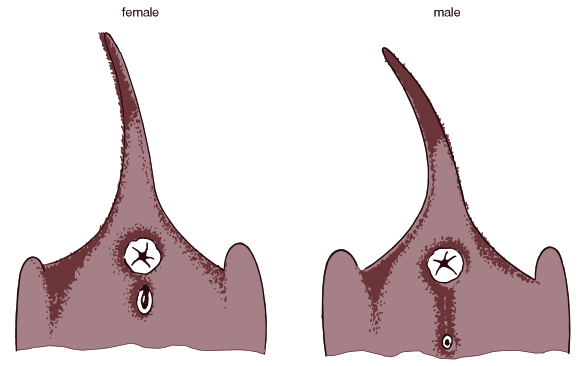The Reproductive Cycle of Cats
Table of Contents
In general, cats have no problems breeding. In countries where there are cats, there is no risk of cats becoming extinct. A female cat can breed once she reaches 6 months of age and a male at about 7 months of age.
Breeding
The female's heat/oestrus cycle usually takes place in early spring and mid-summer. The norm is for cats to breed twice a year, however there is no physical restriction as to why they can't breed at any time during the year if the opportunity presents itself. In addition, there is no cat menopause so cats can breed well into their old age. Imagine, a single female cat producing 5 kittens, twice a year, for 12 years. That's 120 kittens and that's a conservative amount, and it's not counting her offspring's reproductions.
If you have ever heard a cat yowling, for lack of a better word, it is likely a female cat that is in heat or a male cat that smells a female cat that is in heat. Both are looking for a bit of company. This yowling is often quite disturbing for humans and many have been woken up by this unpleasant sound. But it's music to a cat's ears.
If you have a female cat that is not spayed it will be obvious when she goes into heat. She will start yowling, she will start walking around in a strange manner, she will be raising her tail and lowering her head, and she may spray a scented liquid around the house. This spraying is what will cause most new cat owners to get their cat spayed. This arousal behavior will repeat itself every 2-3 weeks until the cat becomes pregnant.
Note: spaying refers to female sterilization while neutering is refers to male sterilization. However, sometimes neutering is used to refer to both genders.
Pregnancy
Once a female cat becomes pregnant, the gestation period is about 65 days, give or take a couple of days. A single litter can be anywhere from 3-6 kittens. However, it is not unheard of for a litter to be as much as 8 or 9 kittens. The kittens will be very weak and vulnerable once they are born. They will need their mother's full attention and a lot of feedings. At first their eyes will be closed, but will open within a few days. It is also believed that newborns are also deaf for the first few days. The first few days are the most critical, with the kittens being vulnerable to various illnesses, including cat flu. If one cat in the litter is sick it is very likely the other kittens will also get sick.
Birth
It is possible for a female cat to give birth to a litter with each kitten belonging to a different father. This occurs because a female cat will be receptive to another male within about 30 minutes after breeding.
When a female cat nears the time of birth she will start to look for a hiding place, preferably away from other animals and humans, where she believes it's safe. In a safe home this will be easy to accomplish and she will not try to hide from her owners. If you prepare a safe area for her she will be less likely to pick a place where you don't want her to give birth, like in your closet where you keep your expensive shoes. Make a soft bed for her and show her where it is.

Birth will usually take anywhere from 1 hour to 3 hours, with each kitten coming out at 10-30 minute intervals. In some cases delivery can stop for a few hours and resume later. Once a kitten is born the mother will begin to lick it. This is partly to clean it, but it's also partly to start the body system's to work, especially the digestive system and intestines. Often newborns need to have their anus stimulated in order for them to excrete feces, which the mother will do willingly.
If there are stillborn kittens in the litter, remove them. Do NOT touch the live newborns for several weeks. The mother recognizes them by smell and if you get your smell on the kittens the mother may reject them believing that they are not hers. Only as a last resort should you touch newborns.
Female cats can become pregnant again, even while nursing, so keep male cats away.
Determining Gender
In adult cats this is easy to determine. If they have testicles they are male. However, in kittens this is not as obvious. You will need to lift the tail to get a closer look, and be warned, cats don't like this.
When you lift the tail the anus will be the opening closest to the tail. The next opening is the clue. If it is a female the genital opening will be very close to the anus, and it will be in the shape of a vertical slit (as opposed to round). If it is a male the genital opening, will be much further from the anus, about 1-1.5 cm. In male kittens you can sometimes notice small undeveloped scrotums. If you have kittens of different genders use them for comparison.

Sometimes the coloring of a cat can also be a clue, but it is not a guarantee. Female cats may be calico (all three colors: black white, and orange) or black and orange. While orange colored cats are usually male.
As a cat gets older, male cats will have a larger head and a more aggressive attitude. In addition, un-neutered male cats will spend more time spraying and marking their territory.
Although rate, cats can sometimes have sex organs of both genders i.e. they're a hermaphrodite.




What if you believe you got two fixed female sisters and one has a larger tommy and weighs 1/2 pound more.